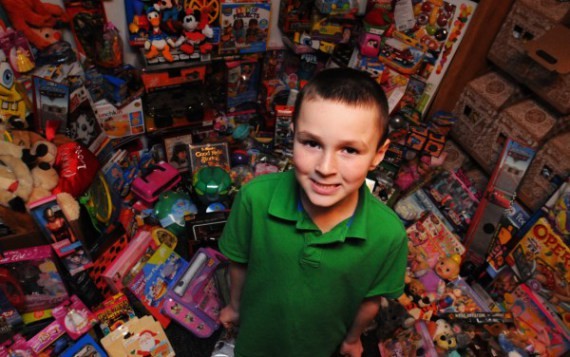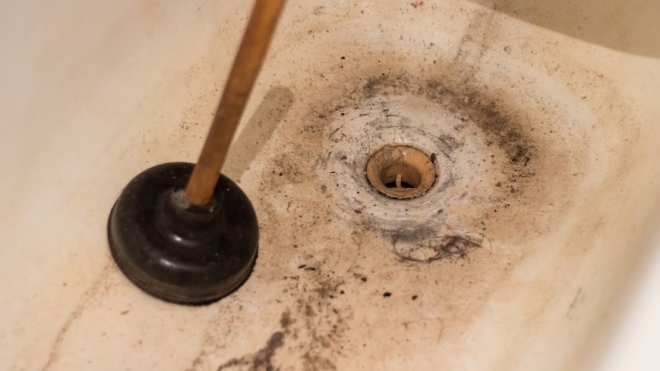Browse the aisles of any store, from grocery to convenience to big box, with your child, and you’re facing the great toy debate: To buy or not to buy. When you were a kid, children’s toys were confined to toy stores and other specialty shops, but these days, toys have invaded every type of store.
Whether you’re filling up with gas or need to pick up a prescription at the pharmacy, like a guided missile, your child will home in on the “toy section” within a few short minutes.
It’s easy to give in to purchasing a toy, particularly if it’s inexpensive and will quiet a child on the verge of a meltdown. Besides, it might give you a few extra points for being a “cool” stepdad, but it’s always a good idea to think before you buy.
Many toys on the market may not be safely made or age-appropriate for the child who “must have it now.”
Before You Buy
When facing a day of errands, most parents want to get in and out of a store as quickly as possible. Children can slow you down, and while it would be ideal to leave the kids out of weekend errands, the days of shopping leisurely and alone are gone.
You might bargain with your child or have them promise not to beg for another toy. Yet, you still might find yourself buying a toy out of the “$5 and under” bin (because it’s cheap and better than a candy bar – right?). Before you grab that toy and go, consider a few things:
- Toy Safety. Cheaper toys will likely fall apart faster than expensive ones – you get what you pay for. It’s important to know if the toys are safe and not defective. Check for defective products, warning labels, and the overall quality before buying.
- Do Some Research. Even if a toy looks “OK,” it may still be unsafe. Before committing to buying the toy, check out the U.S. Consumer Product Safety Commission (CPSC) website to see if the toy is on the recall list. This may not be the most convenient method, particularly if you have a demanding child in the shopping cart, but it’s a quick preventative step that may save your child’s life.
Age-Appropriate Toys
Age-appropriateness may be more important than you think. Many people consider age-appropriateness a “maturity” issue (i.e. language, gore, etc).
Age has a lot to do with the toy itself. For example, if your toddler-aged child is insistent about a toy with many tiny pieces, look at the label.
Even if your child is advanced for his or her age, there’s a reason the toy isn’t suitable for a younger child. Rather than taking a risk, help your child choose an age-appropriate toy that is less likely to cause injury.
Taking the time to choose the right toy can extend your child’s play time and happiness without putting their health and safety on the line.
Nik is a regular contributor to Support for Stepdads. Please look at some of his previous articles:






